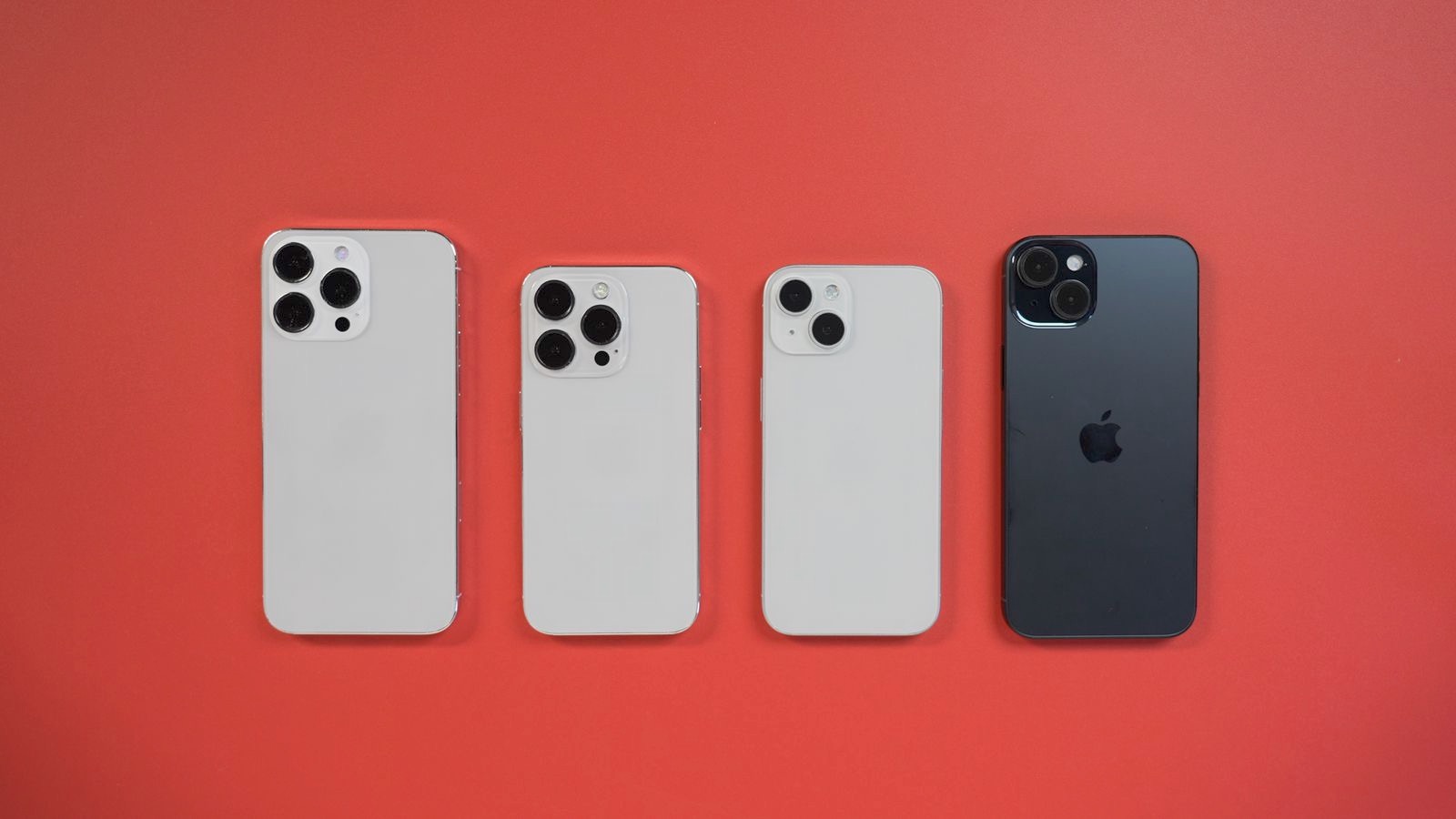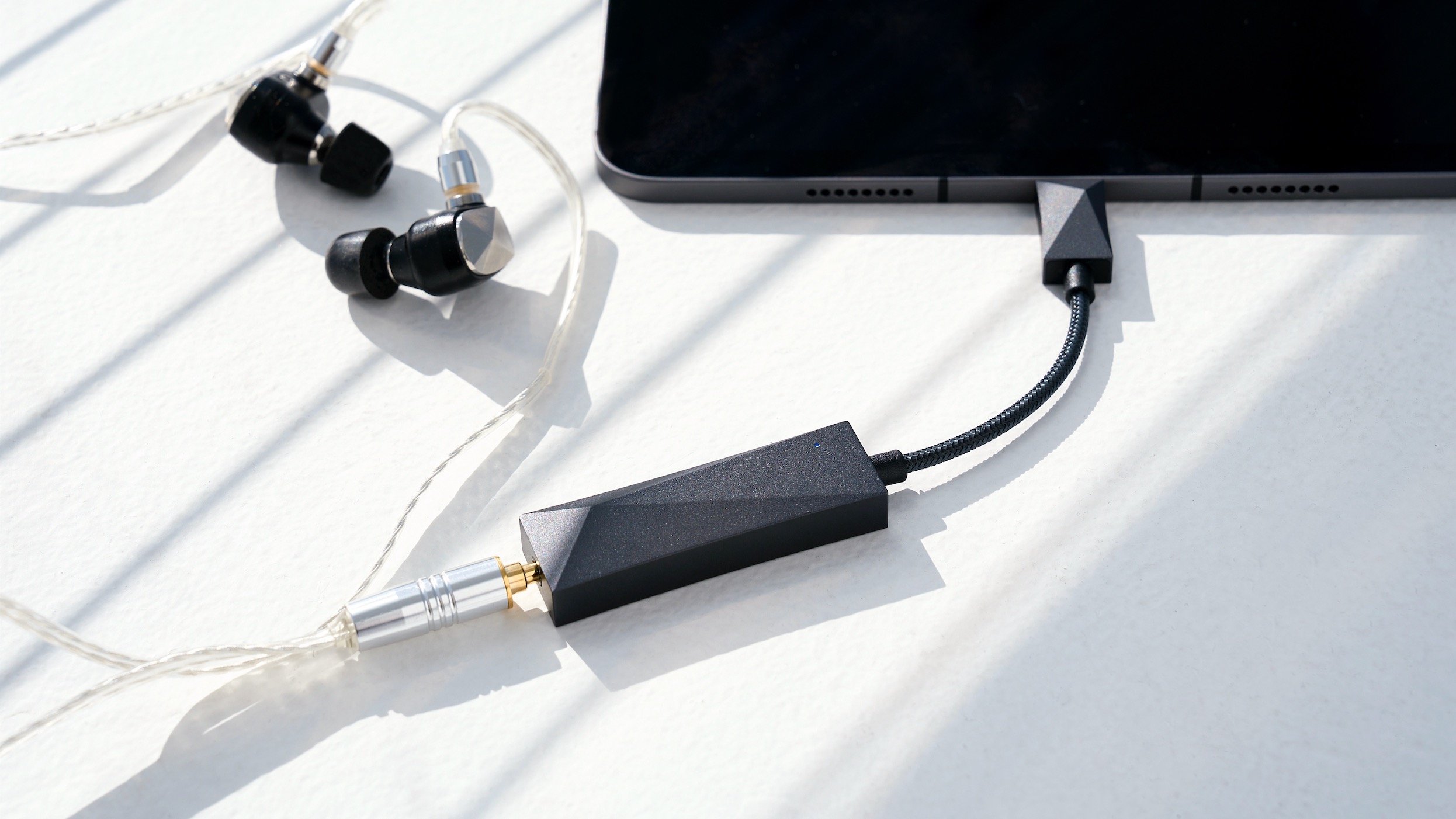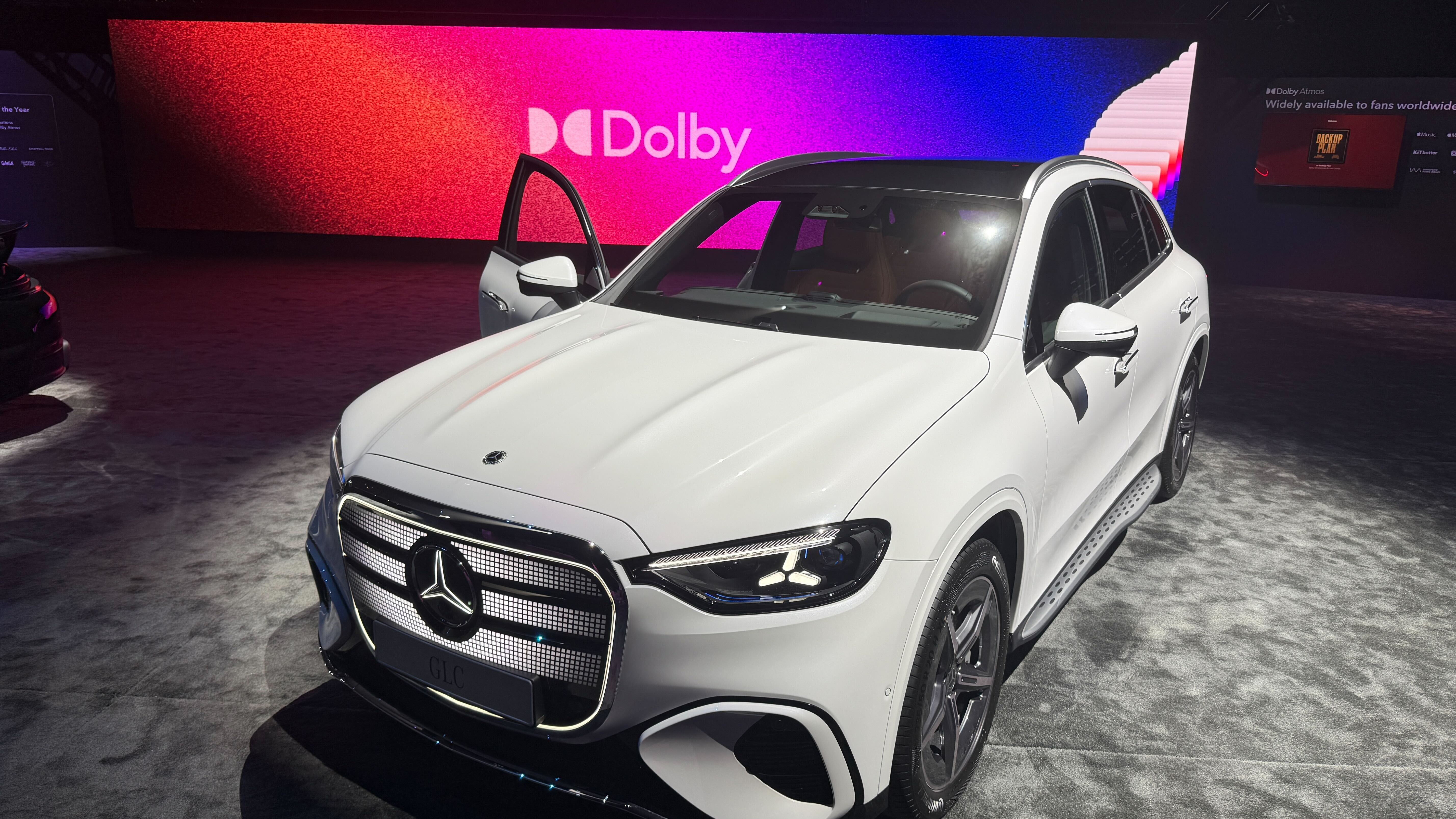Why the iPhone 15's USB-C switch spells good news for hi-res audio adoption
Get ready for a simpler, cheaper hi-res setup

In a week’s time, Apple will announce its iPhone 15 lineup. And if the rumour mill is churning as smoothly as it often does around iPhone launch time, it’s almost as likely to mark the company’s reluctant adoption of USB-C for iPhone to replace its propriety Lightning charging connection. For the uninitiated, this switch is to appease the new EU law requiring phone manufacturers to get on board a common charging connection by the end of 2024 to reduce waste and consumer spending on various cables.
This will of course have implications for iPhone 15 buyers, ranging from the obvious need to own a USB-C cable (which most will already have people spilling out of drawers anyway) to their existing Lightning port-toting adapters and accessories being made either redundant or only usable via an adapter. Apple is likely to continue manufacturing Lightning accessories for the sake of the billion-plus owners of previous iPhone models for some time, so iOS loyals planning to skip this year’s iPhone needn’t worry.
The upside of this switch, of course, is adapter-less compatibility with the wide world of non-Apple (and inevitably incoming Apple-branded) accessories and devices, and likely faster transfer and charging speeds. The thing is, the former could well encourage more iPhone users to benefit from the hi-res audio quality available to them.
Today, hi-res on iPhone is a faff
Currently, as Apple’s standard AAC Bluetooth codec does not support hi-res audio, playing hi-res audio on an iPhone, via Apple Music or any other means, can only be effectively achieved by plugging an external DAC (which typically has a USB-A or USB-C output) into its Lightning port – via, and this is important, Apple’s Lightning-to-USB camera adapter. I say ‘effectively achieved’ because an iPhone’s own internal digital-to-analogue converter and audio output technically supports hi-res audio itself, but a) the limit is 24-bit/48kHz, below the sample rate common for hi-res streams and digital files (96-192kHz), and b) internal DACs in such everyday devices are always going to be lower in quality than a dedicated external one, so it wouldn’t do proper justice to that hi-res music anyway.
OK so back to the effective method. Picture it: you have your swanky iPhone 14 or 13 or whatever, with a 10cm-or-so camera adapter dangling from it as well as a (discreet, in the best scenario) dongle DAC. Impractical and visually criminal enough to put plenty of people off trying it? I’d imagine so. Would those who are toying with the idea of boosting their portable sound quality through wired headphones by investing in a budget DAC also be prepared to spend an extra 30 per cent of that cost getting the necessary Apple camera adapter too? For many, I’d imagine not. Put both impractical and financial drawbacks to such an arrangement together and, unless you’re dead-set on getting serious on-the-go sound from your iPhone, the appeal is questionable to say the least.
Apple could have made an iPhone hi-res setup more attractive by producing its own dedicated, fully hi-res-supporting dongle DAC with a Lightning connector that plugged straight into an iPhone, but considering it would’ve only made sense to do so after Apple Music had adopted hi-res streaming in 2021, that idea (if it was even an idea inside Apple Park) would’ve been dead in the water with a forced switch to USB-C possibly looming.
Goodbye, adaptor

So will Apple now work on a slim USB-C DAC dongle in the same vein as the Astell&Kern HC3 that supports hi-res up to 24-bit/192kHz and really will give the iPhone 15 a big boost in sound quality? Possibly. Much less likely is Apple vastly improving the iPhone’s DAC and audio output stage to the extent that it fully does justice to hi-res audio without any extra hardware. After all, such an effort would be wasted for those glued to wireless headphones or who use wired headphones but don’t care about sound quality enough, and where would the financial incentive be, too?
The latest hi-fi, home cinema and tech news, reviews, buying advice and deals, direct to your inbox.
But even if it stays out of the external DAC game, an iPhone 15 wouldn’t need any adaptor to work with the current crop of third-party USB-C DACs, a market which I can only see getting bigger following an iPhone with USB-C announcement. That is, if Apple allows other manufacturers to play ball with iPhone 15s from a software and power current point of view.
Without the need for a camera adaptor, playing hi-res on an iPhone would require just one ‘add on’ and one purchase – just as the case is for Android phones today. And that could see many more future iPhone users willing to take full advantage of their Apple Music subscription and ‘go hi-res’. Until we all live in a world with portless charging and hi-res Bluetooth codecs, anyway.
MORE:
Apple confirms iPhone 15 launch date – here's what else we expect to see
If this iPhone 15 rumour is true then you can count me out
AirPods Pro look set for USB-C upgrade at Apple's September iPhone event

Becky is a hi-fi, AV and technology journalist, formerly the Managing Editor at What Hi-Fi? and Editor of Australian Hi-Fi and Audio Esoterica magazines. With over twelve years of journalism experience in the hi-fi industry, she has reviewed all manner of audio gear, from budget amplifiers to high-end speakers, and particularly specialises in headphones and head-fi devices.
In her spare time, Becky can often be found running, watching Liverpool FC and horror movies, and hunting for gluten-free cake.
